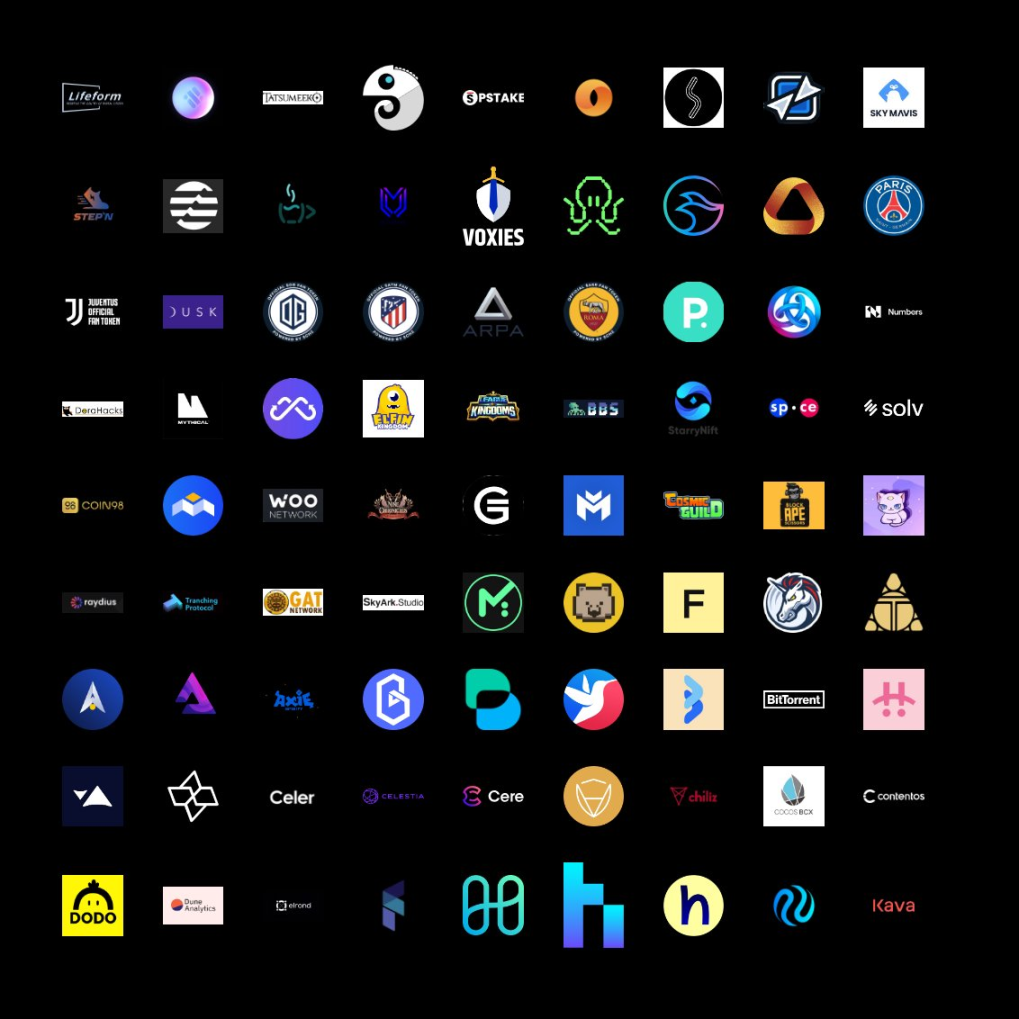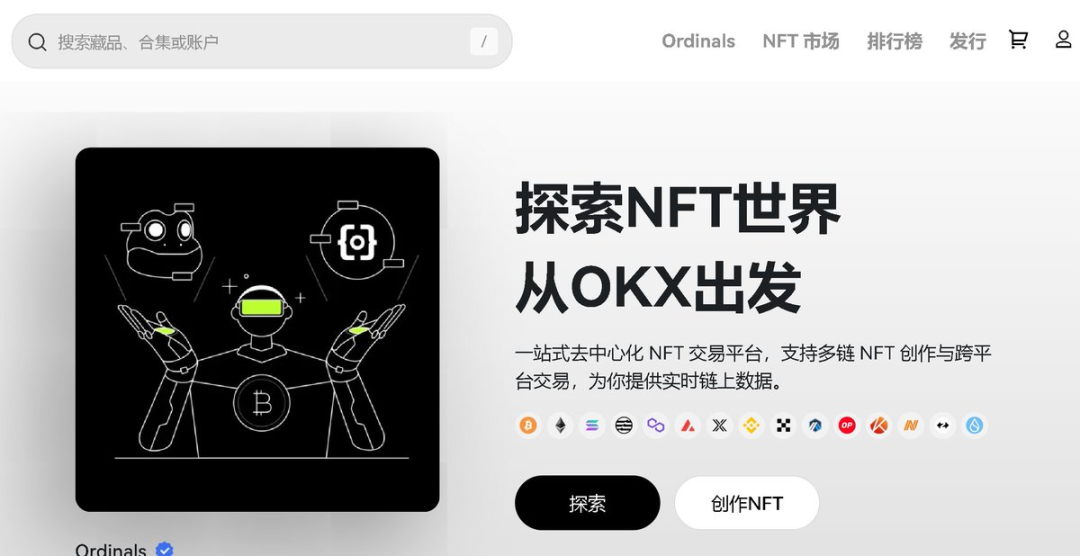1. Second-stage growth model of platform tokens
In a previous tweet, it was mentioned that a major pitfall of exchange platform tokens is not to blindly believe in PE (Price-to-Earnings ratio). Behind this is the dividend growth model. We consider buybacks, dividends, rights to participate in new projects, and fee deductions as dividends. Therefore, theoretically, the valuation of exchange platform tokens should be directly proportional to the dividends. According to this valuation logic, the investment value of the “Big Three” in 2020 is HT > BNB > OKX.
However, the results are clearly wrong. The reason is that only considering PE is equivalent to using a first-stage valuation model, while in reality, at least a second-stage model should be used because future growth rate also plays a decisive role. Of course, the cryptocurrency market has typical bull and bear cycles, so the actual model will be more complex, but overall, the growth rate will have a decisive impact on valuation and value regression.
In other words, the valuation of platform tokens depends on the current value capture ability + growth potential.
2. The true driving force of platform tokens during a bull market phase
So the next question is: what has a decisive impact on the growth rate? The answer is assets.
- Legal dispute between the two co-founders of the blockchain gaming project Gala Games, involving over $700 million worth of GALA tokens.
- DeFi Regulatory Woes Uniswap Heads to Heaven, Tornado Cash Gets Involved in Hell
- FTX wallet transfers tens of millions of dollars worth of tokens, signaling the start of a sell-off wave?
In a previous tweet, I mentioned that the best buying point for platform tokens is at the beginning of a bull market. Some people may think this statement is meaningless, but here the “beginning of a bull market” does not need to be so precise. This bull market does not refer to BTC at $6,000. To put it more directly, a good buying point for platform tokens will occur after BTC stabilizes at its all-time high (ATH).
The logic behind this is simple. Exchanges’ profits come from trading and asset sinking. The real trading demand explosion often accompanies the explosion of assets. When BTC rises from $10,000 to $30,000, exchanges cannot make much money because trading mainly remains limited to BTC at this time. However, the real trading volume comes from the explosion of assets. In 2017, it was ICOs; in 2020-2021, it was DeFi Summer, Gamefi, and new public chains.
Speaking of this, the success of BNB is not surprising because during the period of 2019-2020, Binance took a leading position in the competition at the asset level. Specifically, there were two pillars: Binance Labs and BSC. If you paid attention to Binance’s IEOs starting from 2019, you would find that these projects were not illogical but rather interconnected and able to create network effects. The most typical sign was that I clearly remember that more than half of the partners announced for a certain IEO project by Binance that year were previous IEO projects. And this was just the beginning. During this period, Binance Labs gradually took the stage (established in 2018).
At this point, the gears of fate had already started to turn, and IEOs and Binance’s investment targets would become one of Binance’s biggest fortunes in the subsequent bull market.
Then, in the DeFi Summer of 2020, objectively speaking, almost all exchanges missed out on the first round of DeFi Summer to some extent. But Binance quickly launched BSC, and the original version of BSC was essentially a spill-over of the demand for ETH at that time. Meanwhile, during this time, many employees of other exchanges didn’t even know how to use a wallet on the blockchain.
With the support of Binance Labs and BSC, BNB has achieved unprecedented success, transforming its advantage in asset layout into the right to issue assets in a bull market. The reason is simple: as a trader or project party, how do you choose when the highest quality and most wealth-effective assets are listed or become the main trading pair on Binance? This allows for a growth spiral:
More users, stronger wealth effect, higher quality assets
Comparing with other exchanges, FTX has also been relatively successful, and its path to success is similar to Binance: Solana + Alameda/FTX Ventures. Huobi has also achieved remarkable results with this strategy, even surpassing BSC at one point, but unfortunately, it did not end well due to various reasons. OKX is obviously lagging behind at this stage.
As a side note, although there are many controversies about Binance’s investments and listing practices in the market, from my personal experience, Binance Labs focuses more on long-term value rather than short-term gains. This is reflected in Binance Labs’ willingness to lead investments and invest larger amounts, and their relative insensitivity to valuations. This is in contrast to many “VCs” who pursue low valuations, follow-on investments in smaller sizes, and hope for quick unlocking. In fact, in many cases, Binance Labs will actively request project parties to extend the vesting period of token allocations for themselves and other investors.
On the other hand, a certain exchange associated with a VC that I don’t want to disclose the name of, you may find that their investment targets did not perform well in the end. This is because they enter the Pre-Seed round with very loose terms for some projects. I won’t elaborate on this point, the result is clear.
III. Growth slowdown in a bear market and regulatory pressure
The second stage of the two-stage dividend growth model will enter a stable state, which means that high growth is unsustainable. There are many reasons for this: the larger base leads to inevitable slowdown in growth, management becomes more difficult and less efficient, “dumping” targeted at the top project, etc.
One point that needs to be mentioned here is the “impossible triangle” for exchanges. This theory was proposed when I analyzed the on-chain prediction market field before, but it also applies to this framework for crypto exchanges. Simply put, exchanges have economies of scale, and the larger the scale, the non-linear growth in value capture. Choosing compliance + scale will inevitably require sacrificing some profits, while choosing scale + profit will inevitably involve sacrificing some compliance.
This is also the problem Binance is currently facing. Perhaps many other exchanges are not as compliant as BN, but their scale is not large enough, so they face less regulatory pressure. In addition to regulatory pressure, we can also see that Binance is currently under some growth pressure, as evidenced by rumors of layoffs, launching copy trading, and requiring project parties to introduce commercial practices. Of course, these pressures will not fundamentally change the fundamentals of Binance. They are just the inevitable result of having a large scale + bear market + long-term aggressive strategy.
IV. The Way of Attack and the Way of Defense
Contrary to Binance’s offensive strategy, OKX is a typical representative of a “defensive strategy.” We can see that Binance has been emphasizing “education” from investment to listing to operation, which is a manifestation of growth anxiety. Binance has already captured as many stock markets as possible and the only way to sustain high growth and attract external traffic is to attract existing users.
On the other hand, OKX is quite the opposite. Here are some things OKX has done recently:
(1) Few listings
(2) Made a lot of investment in asset management: high-yield financial subsidies, shark fins, structured products. These products are designed to attract existing users and stock funds.
(3) MPC wallet, AA wallet, NFT aggregation market—the integration of CeFi and the on-chain world. The purpose of these products is to retain users within the OKX ecosystem amidst the trend of on-chain transformation.
I personally believe that this defensive strategy has been very successful during the bear market period of 2022-2023. OKX has gained users and reputation, and this success can also to some extent explain the performance of OKB’s price.
V. Returning to the Starting Point: Are Platform Tokens Worth Holding?
If you ask me which platform tokens I am most optimistic about or which platform tokens have the best fundamentals, I can answer:
(1) BNB
Binance is facing strong regulatory pressure and high growth pressure. The recent performance of BNBChain has not been satisfactory. However, the fundamentals of BNB have not fundamentally reversed. Binance still has a leading position, advantages in terms of assets, the strongest profit-making ability, and the imagination brought by opBNB and Greenfield.
(2) OKB
OKX is one of the best-performing exchanges during the bear market phase, especially its defensive strategy has achieved significant success. Moreover, this defensive strategy can also switch to an offensive strategy when the bull market comes. Defense does not mean forever defense.
(3) BGB
BGB is one of the few exchanges that still adhere to an offensive strategy in the bear market. In addition, BGB also has the horizontal ecological advantage of the original Bitkeep wallet, ForesightNews, and Forsights Ventures. (As a side note, Foresight Ventures is also one of the best Asian Crypto VCs in my opinion).
But if you ask me whether I have bought BNB/OKB/BGB, I can tell you very clearly: I haven’t bought any of them, and I don’t plan to buy them for the foreseeable future, for three reasons:
- The valuation is indeed a bit high.
- The valuation method is ineffective. One interesting thing is that for these three platform coins, because we don’t know the true circulation volume (excluding the portion held by the founders and the platform itself), a typical view is that BNB was mostly bought back before the bull market, OKB was mostly bought back after the Shanxi incident, and BGB has maintained a high control status since its issuance. Therefore, any valuation model for these three platform coins is completely invalid.
- As mentioned earlier, platform coins do not directly benefit from the bear to bull conversion, but benefit from the asset explosion during the bull market’s early to mid-term. However, the asset explosion is still far away from us, and the window to get on board will not close immediately.
An unconventional viewpoint is that buying 200U of BNB now is not necessarily more cost-effective than chasing after 800U of BNB in the next bull market, because you need to consider the risk-reward ratio and opportunity cost. What if the bull market lasts longer? What if Binance encounters problems or gets flipped? How about the profits from other investments during this period or the losses avoided by staying out of the market?
As for other platform coins, to be honest, I use them less or have less knowledge about them, but overall, I don’t think these platform coins are good targets at this stage. It is currently the mid-term period of low liquidity, and it is also the most painful period for exchanges with weaker profitability. Sometimes, surface data cannot guarantee absolute safety, as seen in the previous cycles with Dragonex and Fcoin. Sacrificing some potential gains to protect the principal is not a bad thing.
Like what you're reading? Subscribe to our top stories.
We will continue to update Gambling Chain; if you have any questions or suggestions, please contact us!


